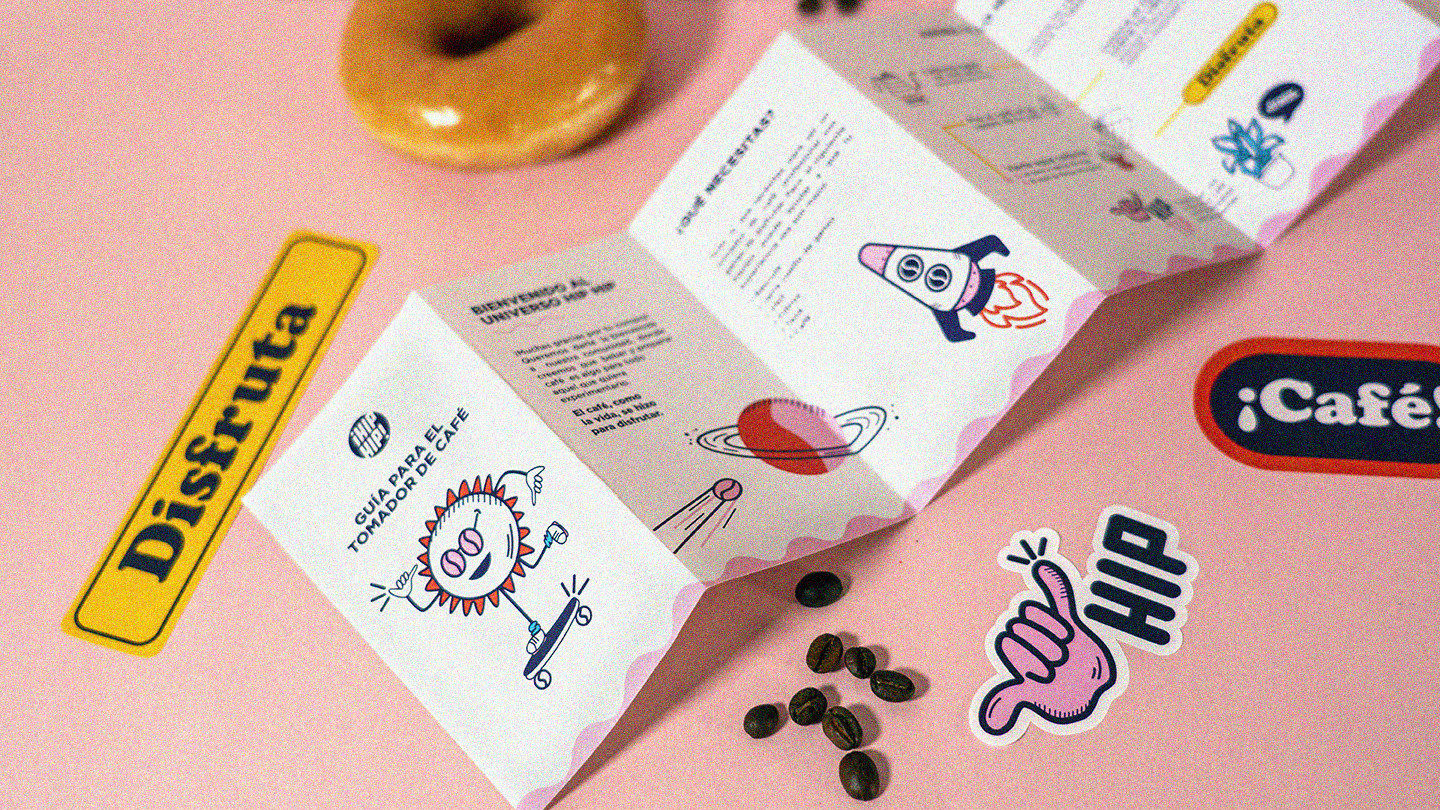How to Keep Your Brand Fresh and Relevant
In the fast-paced world of business, the importance of a strong brand cannot be overstated. A brand is more than a logo or a name; it’s the embodiment of your company’s identity, reputation, and promise to your customers. But in an era where consumer preferences shift with the wind, how do you keep your brand fresh and relevant? Let’s take a journey through the history of branding and uncover the secrets to staying ahead of the curve. Branding has evolved significantly since its early days. Originally, a brand was little more than a mark of ownership—something that indicated where a product came from. But as competition grew fiercer and markets expanded, companies began to realize the power of a strong brand.
In the early 1900s, brands were symbols of quality and reliability. By the 1950s and 60s, the focus shifted to creating emotional connections with consumers. This was the era of brand personalities—think Coca-Cola’s cheerful Santa Claus and Marlboro’s rugged cowboy. Fast forward to the 1980s and 90s, and brands were no longer just products; they were lifestyles. Nike wasn’t selling shoes; it was selling the spirit of athleticism. Today, in the digital age, branding has become even more dynamic, thanks to social media and other digital platforms.
To keep your brand fresh, you must embrace continuous learning and adaptation. Stay informed about industry trends and consumer behaviors. This means keeping a close eye on market research, attending industry conferences, and engaging with thought leaders. Knowledge is power, and staying ahead of the curve will allow you to make informed decisions about your brand’s direction. Modern design trends play a crucial role in keeping your brand up-to-date. Incorporate contemporary design elements that resonate with your target audience. This might involve adopting minimalistic aesthetics, bold typography, or immersive visuals. However, it’s essential to strike a balance between following trends and maintaining timeless design elements to avoid the pitfalls of frequent, confusing overhauls.
Storytelling is a powerful tool in branding. Craft a compelling narrative that connects emotionally with your audience. Share your company’s origins, values, and mission. Highlight customer success stories and offer a behind-the-scenes look at your operations. This humanizes your brand and fosters a deeper connection with your audience.In today’s digital age, an active online presence is imperative. Utilize social media platforms to interact with your audience in real-time. Create engaging content that encourages participation, such as polls, live videos, and user-generated content campaigns. Regularly update your website and ensure it is mobile-friendly to cater to the on-the-go consumer.Building a community around your brand can enhance loyalty and advocacy. Host events, both online and offline, that bring your customers together. Encourage discussions and create spaces for customers to share their experiences and feedback. A strong community can become a powerful extension of your brand, amplifying your message and values.
Consistency and quality are the bedrock of a strong brand. Every touchpoint, from customer service to product packaging, should reflect your brand’s values and promises. Consistent quality builds trust and reinforces your brand’s reliability, making customers more likely to return.
Finally, never underestimate the value of customer feedback. Regularly monitor reviews, social media mentions, and direct customer interactions. Use this information to make informed adjustments to your products, services, and overall brand strategy. This ensures your brand continues to meet and exceed customer expectations.The evolution of branding is a testament to the dynamic nature of consumer markets. By staying informed and adaptable, leveraging modern design and storytelling, and fostering community engagement, you can ensure your brand remains fresh and relevant. Remember, a successful brand is not static; it evolves with its audience, maintaining a delicate balance between innovation and consistency. Embrace these strategies to keep your brand at the forefront of your industry, resonating with both current and future customers.

